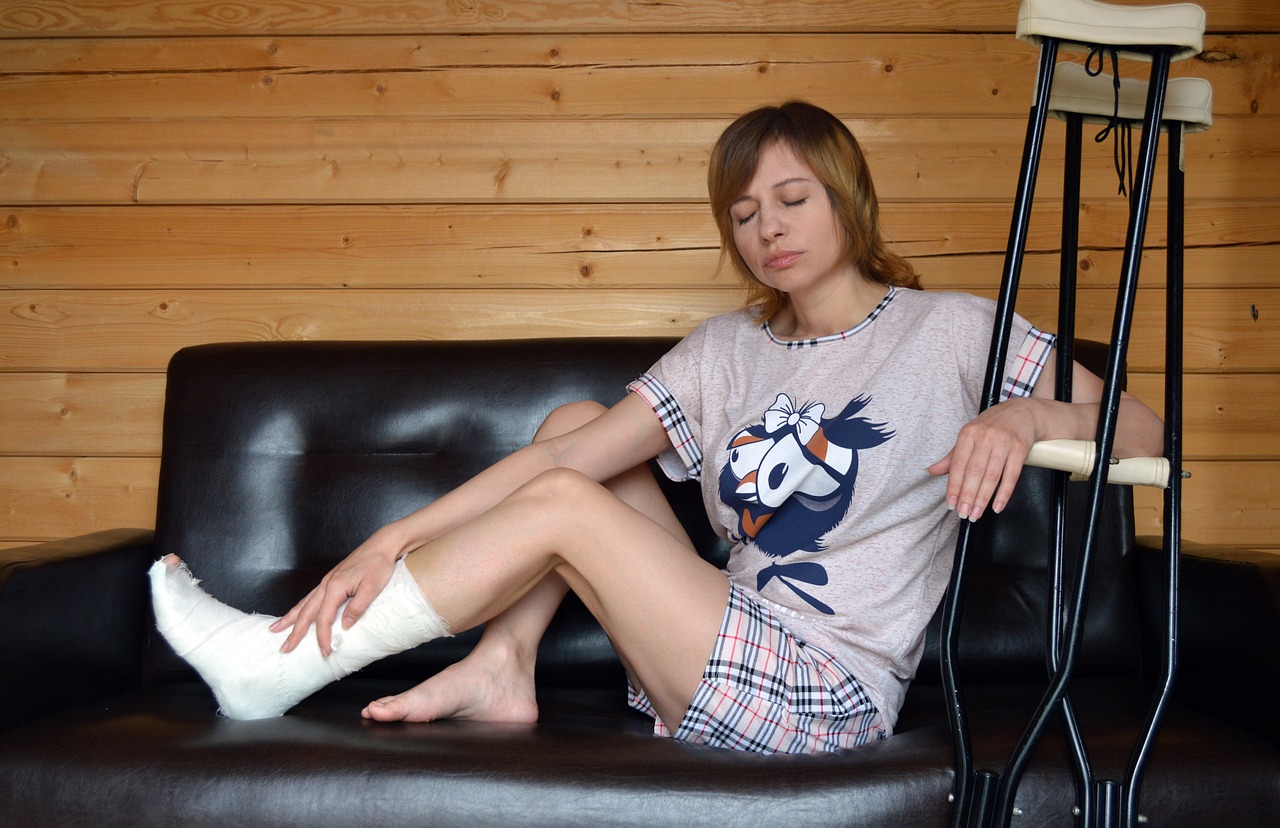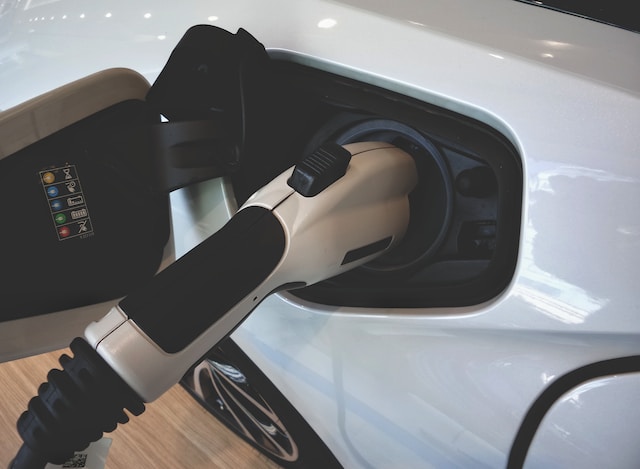Bone regeneration is an intricate process, crucial for healing fractures and maintaining skeletal health. Traditional methods like bone grafting or scaffolds have limitations.
Exciting research, like Piezoelectric “bone bandage”, seeks to overcome these hurdles and revolutionize bone repair.
Piezoelectricity and Hydroxyapatite: A Dynamic Duo for Bone Regeneration
Researchers at the Korea Advanced Institute of Science and Technology (KAIST) have introduced a groundbreaking method for bone regeneration. This novel approach integrates piezoelectricity with a naturally occurring bone mineral. Piezoelectric materials have the remarkable ability to produce an electric charge when subjected to mechanical stress.
They devised a biomimetic scaffold capable of producing electrical signals when subjected to pressure, leveraging the innate bone-forming properties of hydroxyapatite (HAp).
Hydroxyapatite (HAp): Nature’s Building Block for Bone Regeneration
Hydroxyapatite (HAp), a calcium phosphate found in bones and teeth, boasts excellent biocompatibility and cavity-preventing properties in toothpaste.
Previous research on piezoelectric scaffolds has underscored their efficacy in bolstering bone regeneration and fusion across diverse polymer-based substrates. Given its inherent piezoelectric properties and textured surface, HAp emerges as an optimal choice for scaffold fabrication, facilitating bone growth with precision and efficiency.
Accelerating Bone Regeneration
In vitro and in vivo experiments on rats have demonstrated the scaffold’s ability to expedite bone regeneration. Comparisons between scaffolds with and without HAp revealed notable advantages for HAp-incorporated scaffolds.







